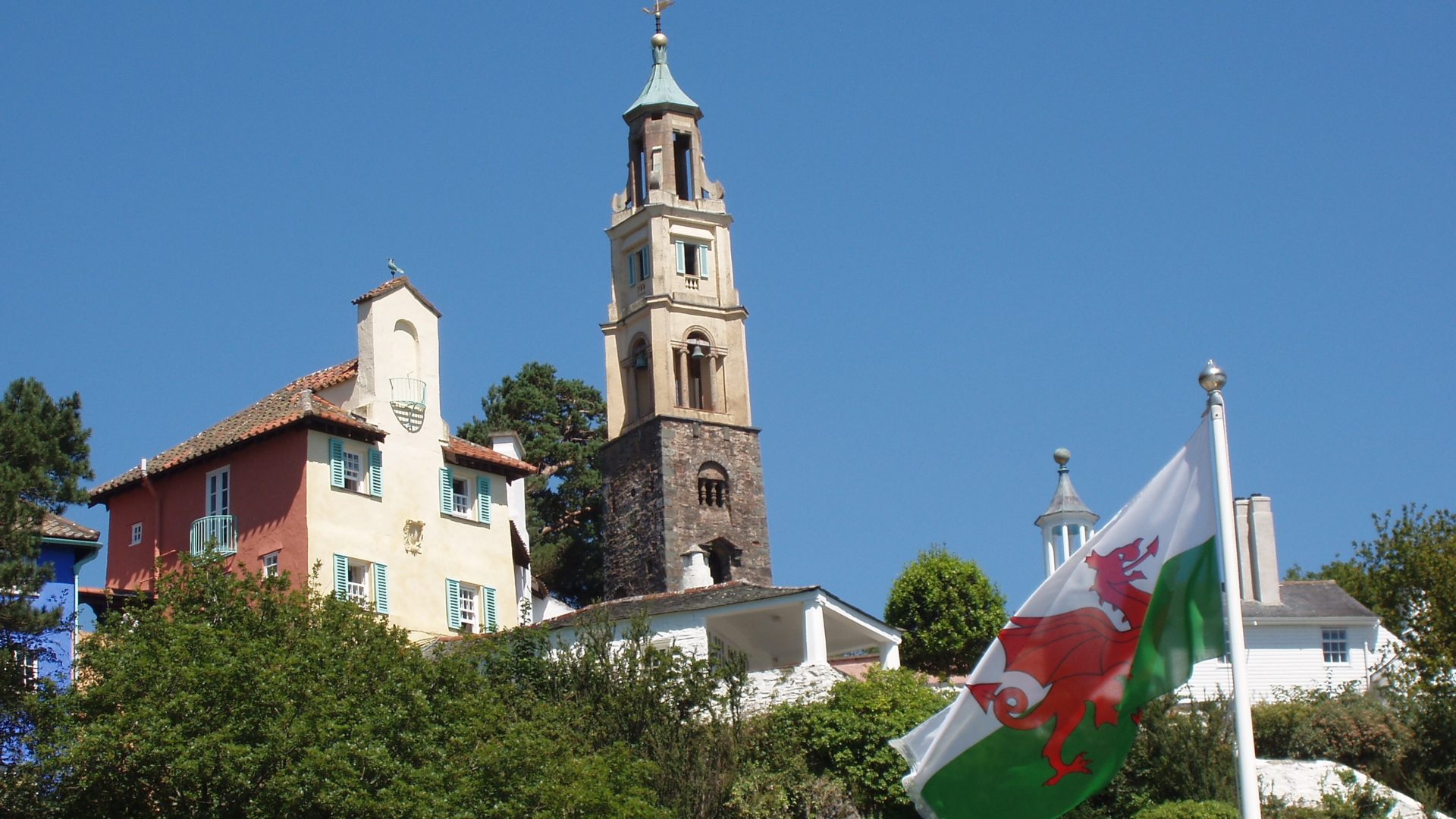Our Story… so far
Since its inception in 1928 CPRW has boxed above its weight and achieved some remarkable successes, despite tight budgets and uncertain income, often working with others to achieve common goals.
An early success was getting Dolwyddelan Castle scheduled as an ancient monument, protecting it in perpetuity. In the 1930s, CPRW played a major role in proposing, campaigning for and ultimately, the creation of our National Parks. Pictured below is one of our founding members, Clough Williams-Ellis (of Portmeirion fame) showing HM King George VI and HM Queen Elizabeth proposals for a National Park in Eryri / Snowdonia. CPRW also proposed that the islands of Skomer, Skokholm and Ramsey be made bird sanctuaries.
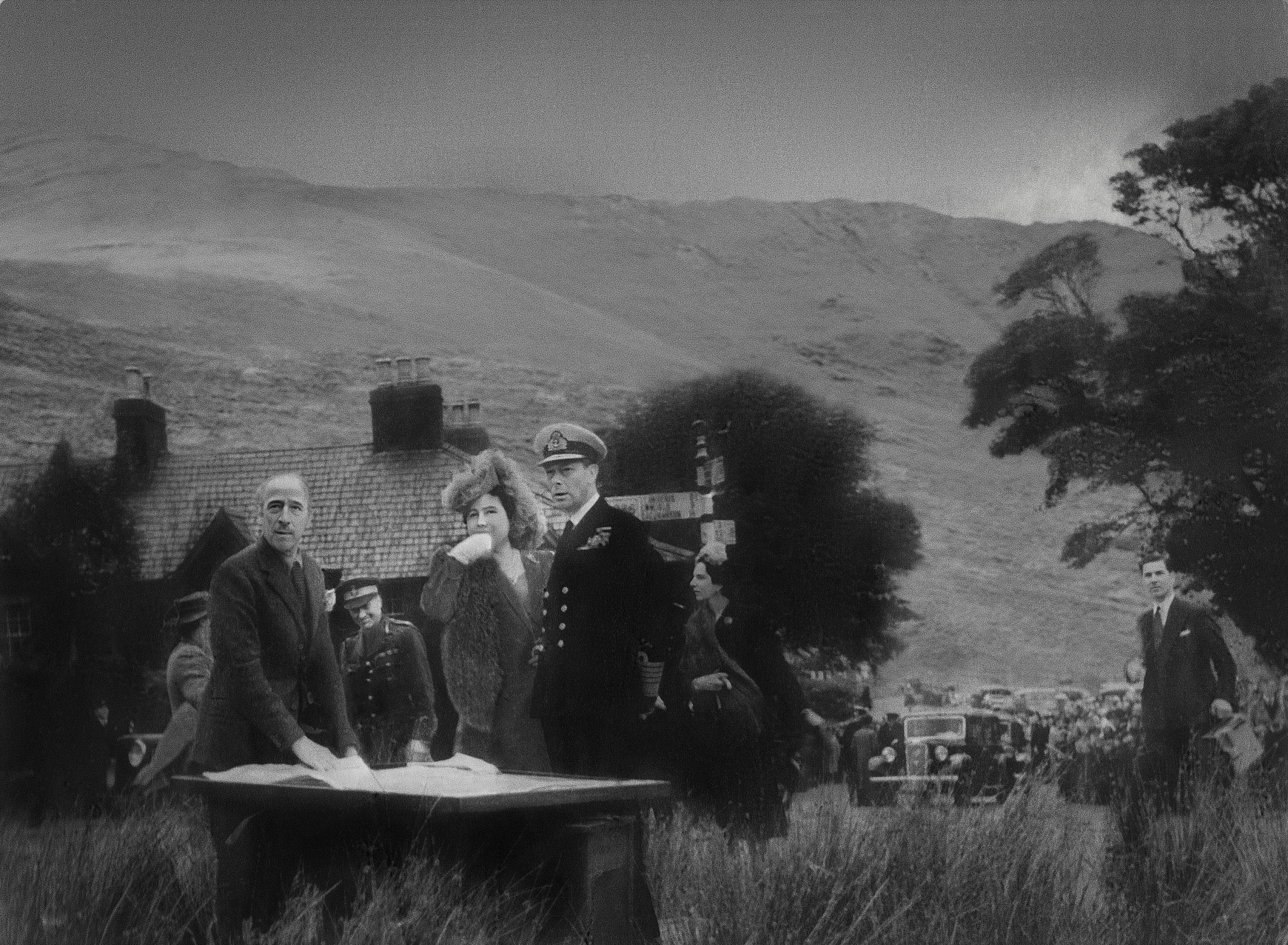
Clough Williams-Ellis showing HM King George VI and HM Queen Elizabeth proposals for National Parks
EARLY SUCCESSES
Probably the greatest influence in the early years was that of Chairman Clough Williams-Ellis and Professor Patrick Abercrombie who, when war threatened, discussed with the Defence Ministry, sites for military training bases, factories, and airfields. CPRW recognised that these sites were essential, but wished to influence the design and minimise the landscape damage. A major success for the Pembrokeshire branch was to prevent the Stackpole Estate from being bought for military purposes causing damage to the spectacular cliffs of the Castlemartin coast and the loss of good agricultural land. Post war, bombing ranges were proposed at Llanddwyn Island and Newborough Warren on Anglesey but were opposed by local branches and are now part of a Special Scientific Site of Interest (SSSI).

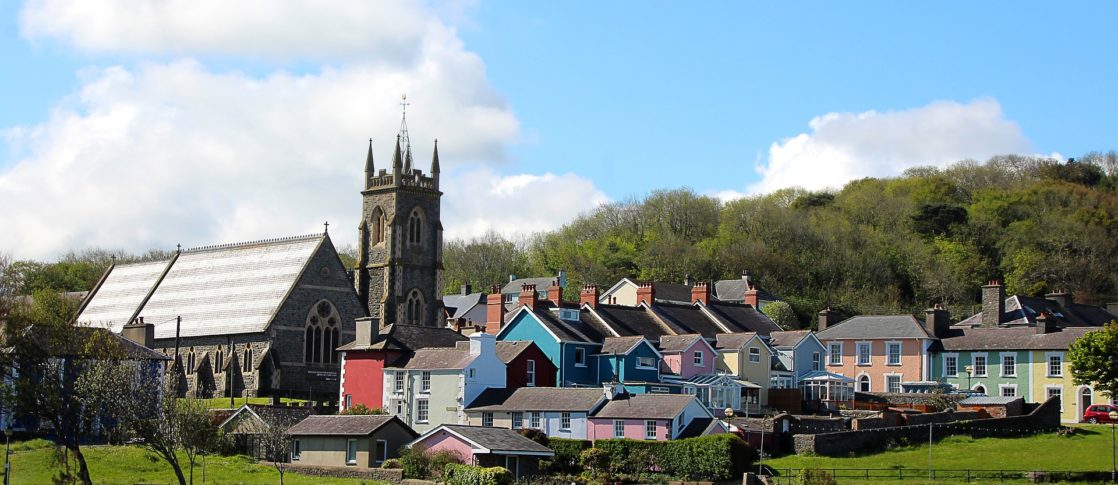
SUPPORTING COMMUNITIES
CPRW has always supported rural communities. An early example was the support given to a community project in the Swansea Valley: Brynmawr and Clydach Valley Industries Ltd, sponsored by the Quakers, which supported small businesses and restored old houses which it colour washed. This was instrumental in the very popular colour washing of the houses of Aberaeron. More importantly, it has campaigned to save village amenities, like schools, post offices and bus services in order to protect communities. It also runs best kept village awards to encourage best practice, with an emphasis on community cohesion. Now the big concern is new housing – affordability, numbers in relation to the size of the existing community, its positioning, design, and impact on community cohesion.
THE TOURISM DILEMMA
Tourism is a major contributor to the wealth of Wales. It has also causes considerable controversy particularly around the infrastructure needed to accommodate the visitors, from holiday camps to later caravan parks and second homes. CPRW has been involved in encouraging best practice since the 1950s. Caravans, particularly static ones, and second homes are an ever present concern causing house prices to rise and dispersing communities.
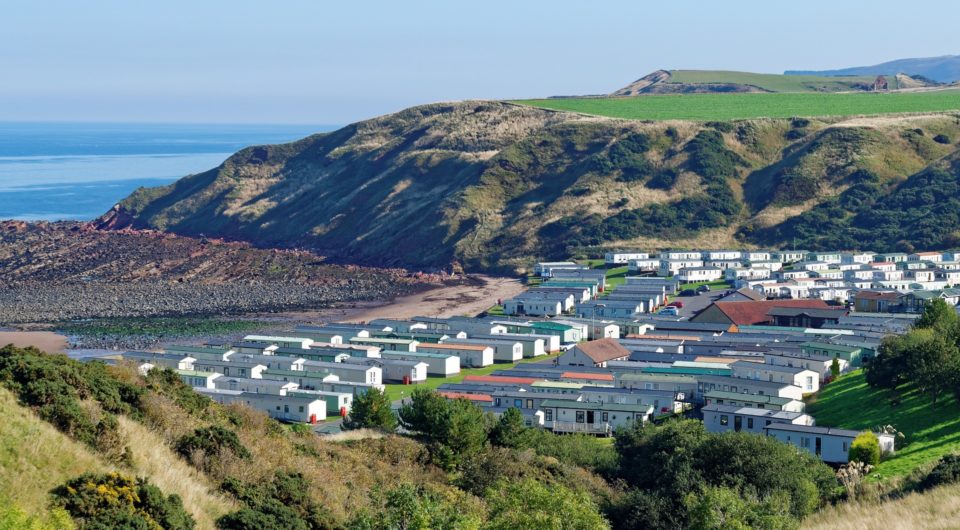

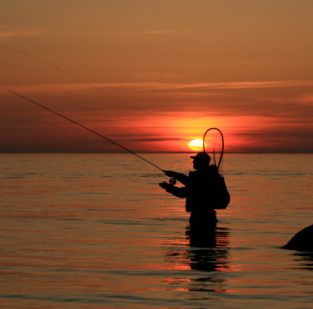
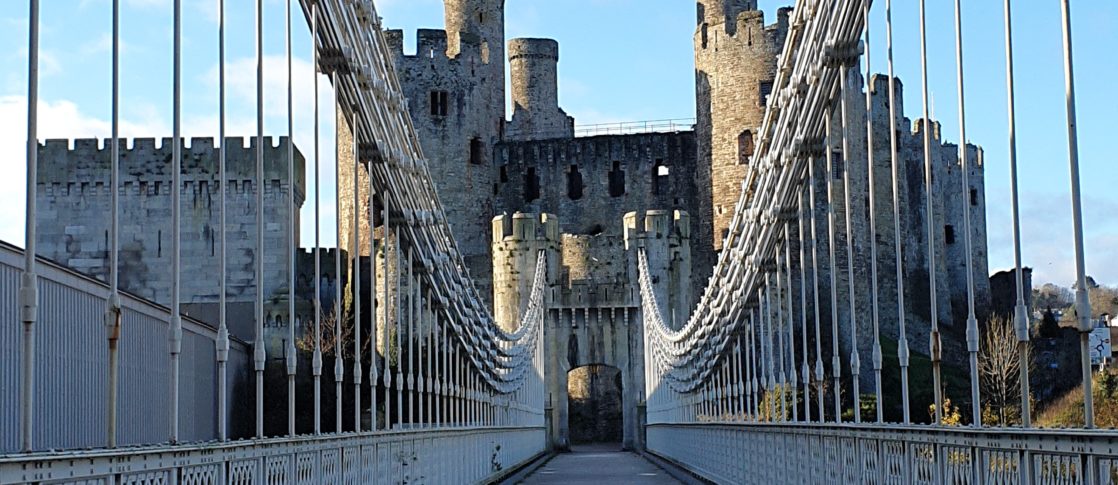
ROADS FOR THE FUTURE
Increasing numbers of visitors means increasing traffic and roads have been of particular interest since 1939 when CPRW was involved in plans for the A55 through Conwy. A new bridge eventually materialised in the late 1950s but the planned road along the quay and tunnel under Bodlondeb Park did not. By the late 1970s the bridge and the road through the town were no longer adequate and another bridge was proposed. It was CPRW members Lady White’s suggestion of a tunnel and Cecily Williams-Ellis’s persistence that led to the building of the tunnel. Many other road schemes have been influenced by CPRW, most recently the M4 expansion scheme that was proposed through the Gwent Levels SSSI.
INDUSTRY AND POWER
In the late 1940s Cecily Williams-Ellis successfully opposed a number of quarrying schemes in Caernarfonshire particularly Yr Eifl and Eglwyseg Rocks, but times change and in 2015 the Caernarfonshire branch gave a Rural Wales Award to Penrhyn Quarry for its work on minimising and mitigating landscape damage. Power has been a major concern, from a badly sited pole in Tregaron in the 1930s, which the local authority agreed to move, to today’s major concerns of wind turbines, solar farms and nuclear power stations and their attendant power lines. After the war, Cecily Williams-Ellis campaigned for eight proposed hydroelectric schemes for North Wales to be landscaped and made as visually acceptable as possible.
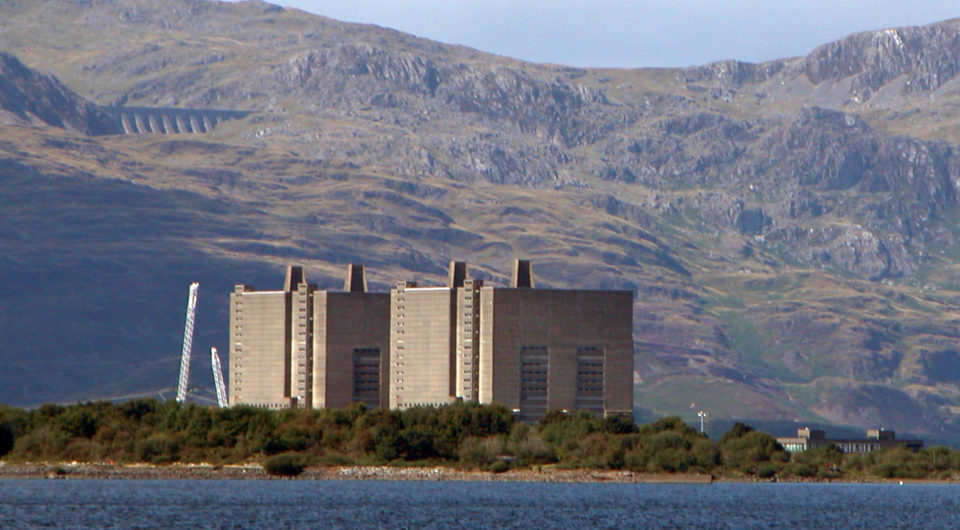
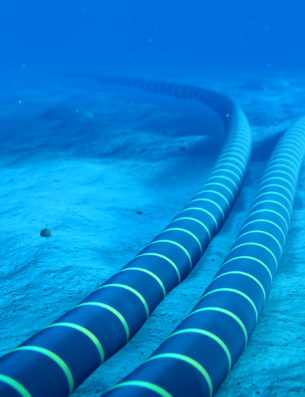
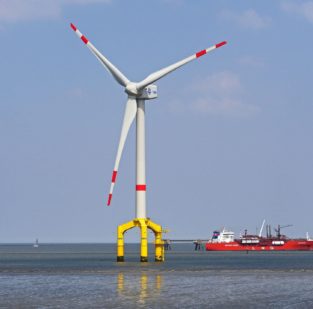
In the early 1990s, Pembrokeshire branch opposed Pembrokeshire Power Station’s plan to replace crude oil with more polluting Orimulsion. After considerable resistance National Power agreed to install a desulphurisation plant. Although CPRW opposed nuclear power when it was first proposed at Trawsfynydd, it was largely on the basis of aesthetics and the inevitable power lines. However, we recognised the need to move away from fossil fuels. If the alternative was landscape scarring renewables in sensitive places, it was decided we would accept nuclear. We understand the need for struggling farmers to diversify to make a living, so we do not object to many smaller scale projects that benefit farmers and local communities. Recently, we have supported a number of small, community hydro-electric schemes which can benefit communities, by giving them both cheap electricity and a return on their investment. We encourage off shore wind farms where it has recently been shown that the seabed is regenerating from the scraping of trawl nets. We also support new technologies like tidal energy.
Cecily Williams-Ellis managed to have the electricity cables put under the Glaslyn Estuary and, more recently, we have supported Anglesey Against Pylons and persuaded the CEGB to put the new lines from Wylfa B under the Menai Strait. We also successfully challenged the plan to put power lines through the beautiful Meifod valley in Montgomeryshire and successfully worked with National Grid to underground cables in the Dwyryd Estuary in Eryri National Park.
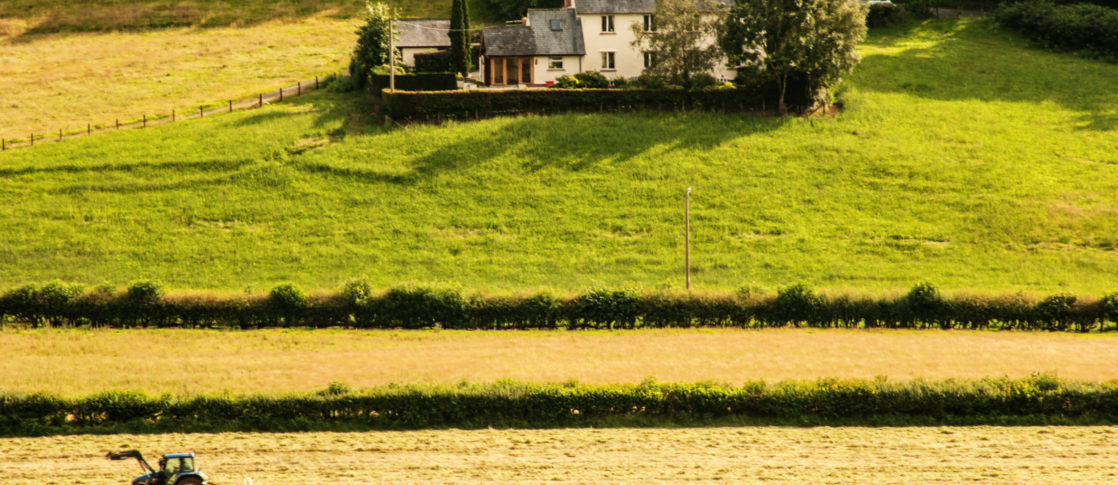
WORKING WITH FARMERS
Farming is of course the biggest influence on our landscape. Our farmers have lived through some very difficult and challenging times and, with Brexit, continue to do so. We are very sympathetic, but equally we look to prevent the often ill-thought through rushes to introduce new projects that appear to be the latest profitable ventures; the latest being an abundance of intensive poultry farms in some counties, particularly Powys, which are having a devastating effect on biodiversity and water quality. Ultimately, they are the chief custodians of the countryside and we may become increasingly dependent on them for our food, so CPRW will support the farming sector wherever possible.
BRIGHT FUTURE
Recently we have had some very knowledgeable and hard working additions to our team. Thanks to them we are in a stronger position, under our current chairman, Jonathan Colchester, and with the dedicated hard work of the team, to continue to modernise so that we can look forward to a bright future.
Following a recent strategic review, we have now had a major rebrand, primarily becoming CPRW: The Welsh Countryside Charity, launched our new website, and undertaken a full policy review. All these steps have been taken to position us as the independent voice for rural Wales. CPRW are the voice of, champions for, and protectors of the Welsh countryside and the rural way of life.
Let’s help ensure that this is a countryside for our future generations!
[instagram-feed feed=1]


